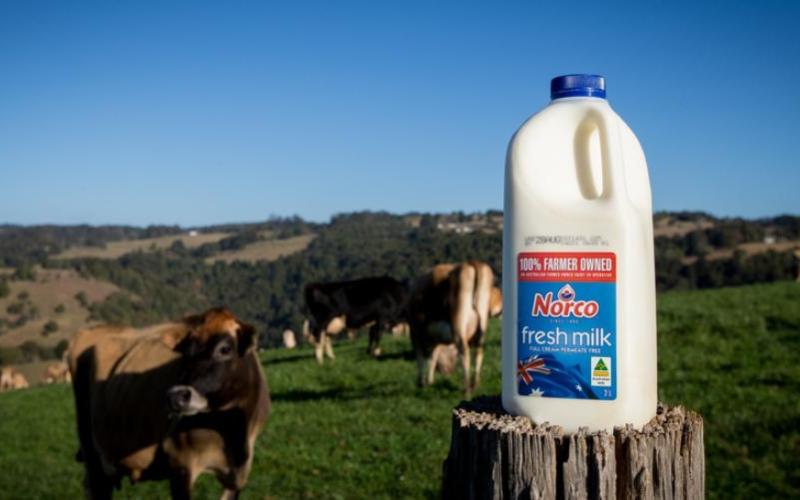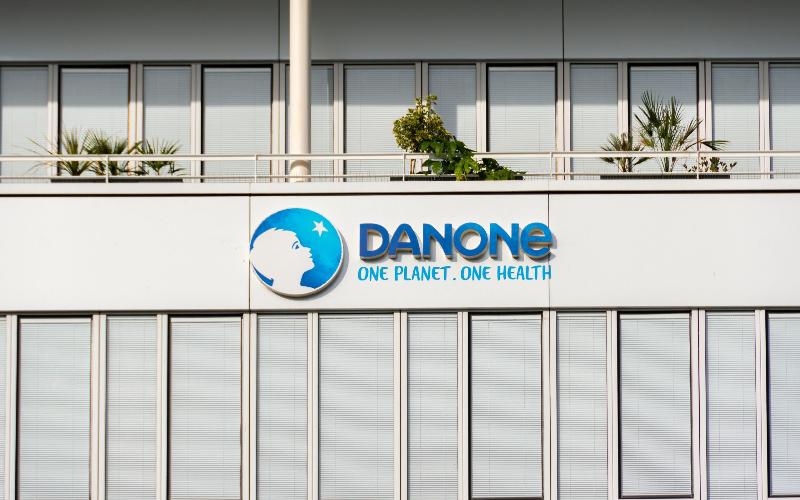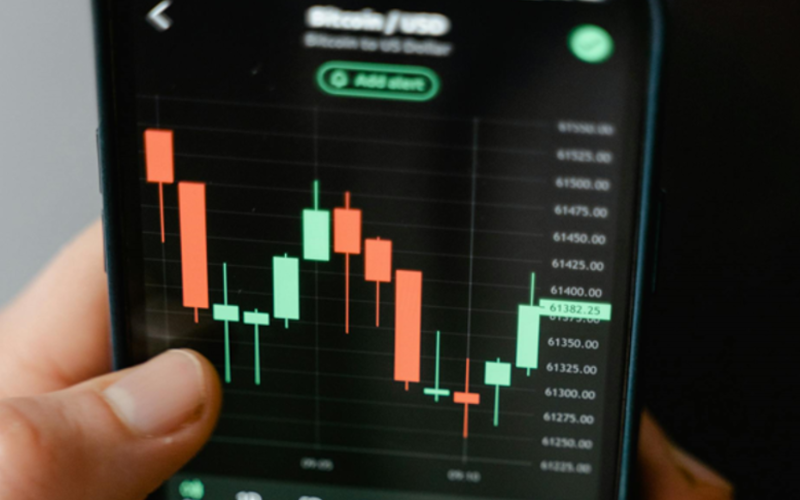USA: Decline in Class III Milk Prices Amidst Rising Cheese and Butter Costs
Sourse: The DairyNews
The U.S. Department of Agriculture has reported a decrease in the April Federal order Class III benchmark milk price to $15.50 per hundredweight (cwt), which marks an 84 cent drop from March and is $3.02 lower than the price in April of the previous year.

This decline is attributed to reduced prices for key dairy components such as cheese, nonfat dry milk, and whey. Currently, the four-month average for Class III milk stands at $15.77, down significantly from $18.46 a year ago and from $22.04 in 2022.
Looking forward, Class III futures suggest a rebound with prices expected to rise to $18.36 in May, reaching $19.09 in June, and $19.19 in July, with a forecasted peak at $19.28 in September.
Conversely, the Class IV milk price, which includes products like butter and nonfat dry milk, recorded a slight increase of 2 cents from March, positioning it at $20.11 per cwt. This price is not only $2.16 higher than last year but also the highest since November 2023. The four-month average for Class IV milk is $19.86, which reflects an increase from $18.80 a year ago but a decrease from $24.31 in 2022.
In the commodity markets, prices for CME-listed butter and cheese are on the rise, with butter prices hitting $3.0750 per pound by the end of the week—this is the highest price since November 3, 2023, and 63 cents above the price a year prior. The record high for butter was $3.5025 on October 6, 2023. The month of April saw 43 butter trades, up significantly from 53 in March.
Dairy Market News notes that "bulls continue to lead the charge on butter markets," which is supported by moderate increases in year-over-year and monthly stocks from March Cold Storage data.
Despite broad cream availability, prices have remained stable, with central butter makers indicating consistent pricing patterns. Western butter production is also robust due to ample cream availability, with some producers increasing their churning activities in anticipation of higher demand in the latter half of the year. Demand remains steady for salted butter and has strengthened for unsalted butter, although export demand is characterized as moderate.
Looking forward, Class III futures suggest a rebound with prices expected to rise to $18.36 in May, reaching $19.09 in June, and $19.19 in July, with a forecasted peak at $19.28 in September.
Conversely, the Class IV milk price, which includes products like butter and nonfat dry milk, recorded a slight increase of 2 cents from March, positioning it at $20.11 per cwt. This price is not only $2.16 higher than last year but also the highest since November 2023. The four-month average for Class IV milk is $19.86, which reflects an increase from $18.80 a year ago but a decrease from $24.31 in 2022.
In the commodity markets, prices for CME-listed butter and cheese are on the rise, with butter prices hitting $3.0750 per pound by the end of the week—this is the highest price since November 3, 2023, and 63 cents above the price a year prior. The record high for butter was $3.5025 on October 6, 2023. The month of April saw 43 butter trades, up significantly from 53 in March.
Dairy Market News notes that "bulls continue to lead the charge on butter markets," which is supported by moderate increases in year-over-year and monthly stocks from March Cold Storage data.
Despite broad cream availability, prices have remained stable, with central butter makers indicating consistent pricing patterns. Western butter production is also robust due to ample cream availability, with some producers increasing their churning activities in anticipation of higher demand in the latter half of the year. Demand remains steady for salted butter and has strengthened for unsalted butter, although export demand is characterized as moderate.
Key News of the Week














